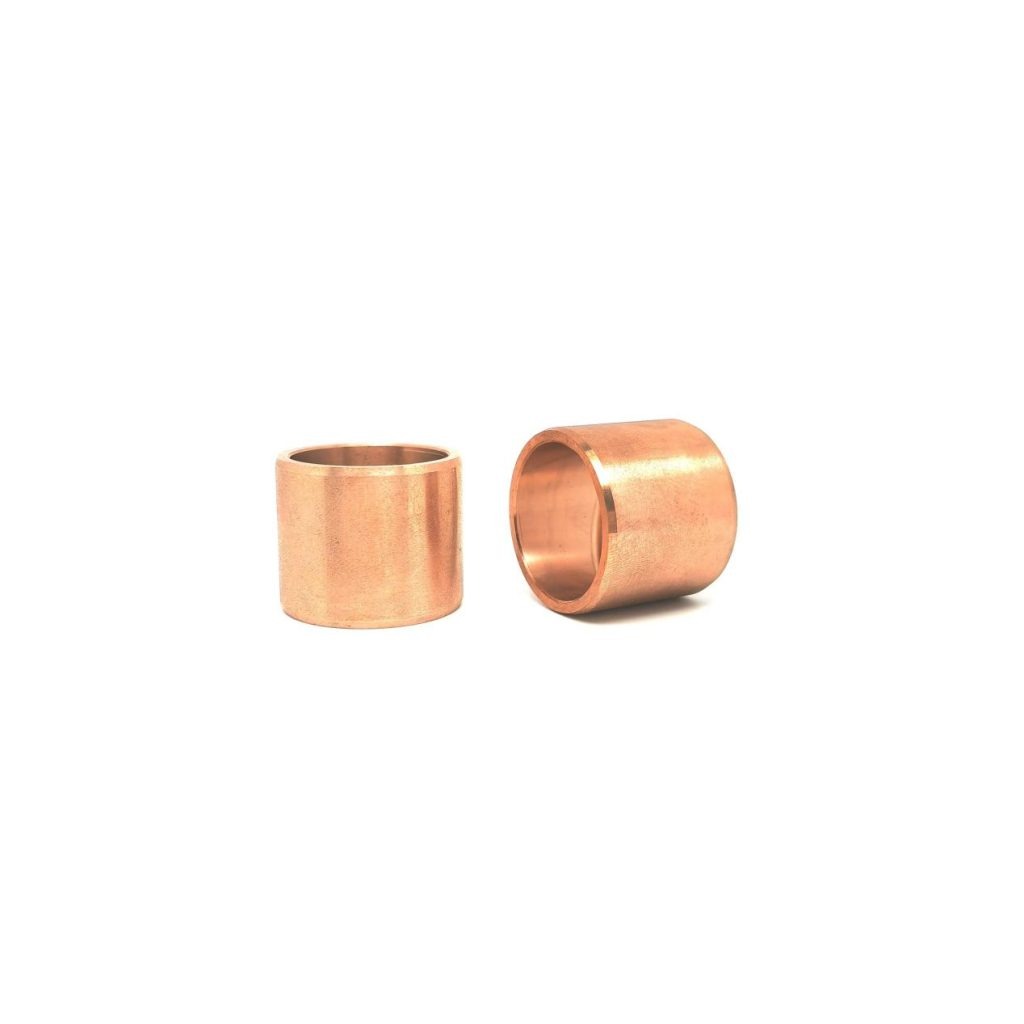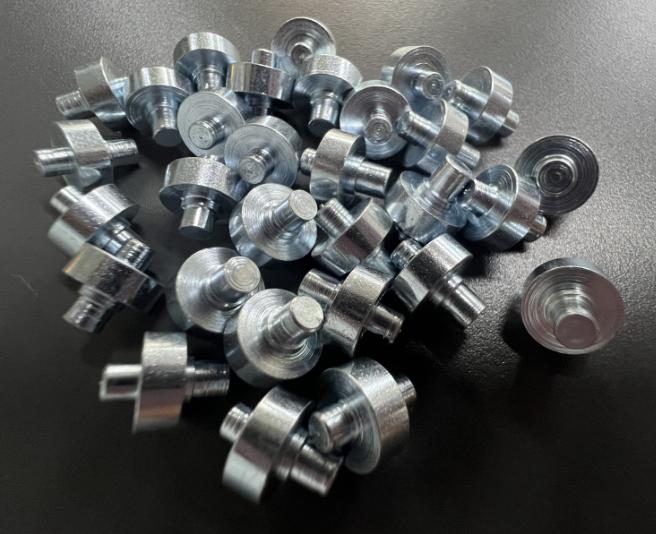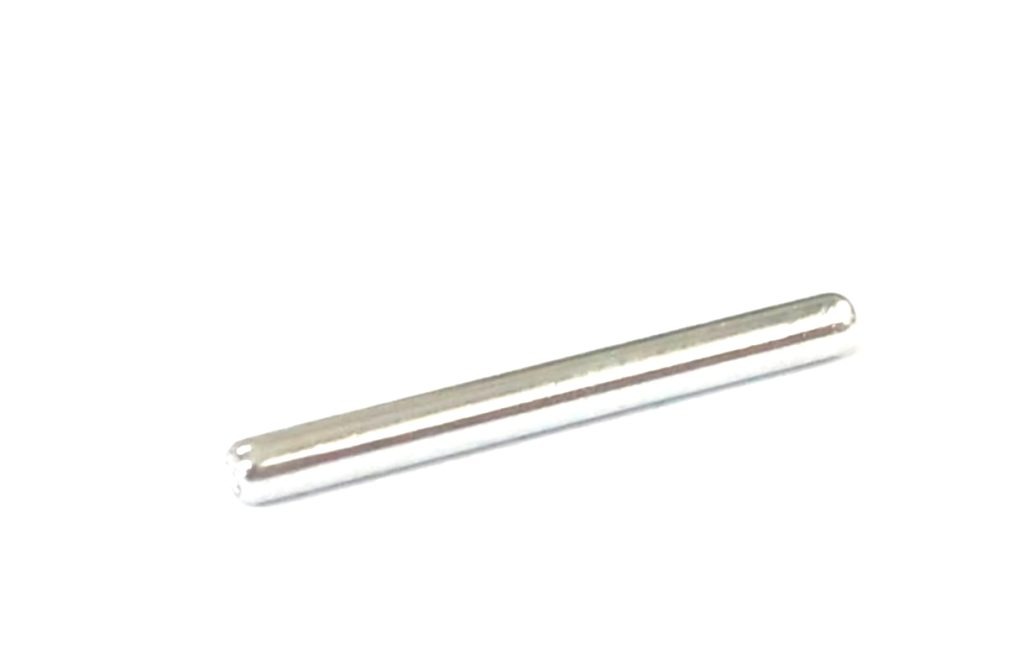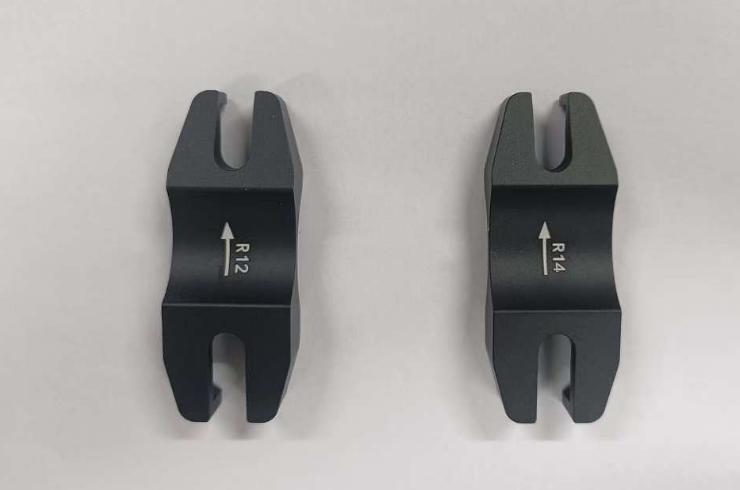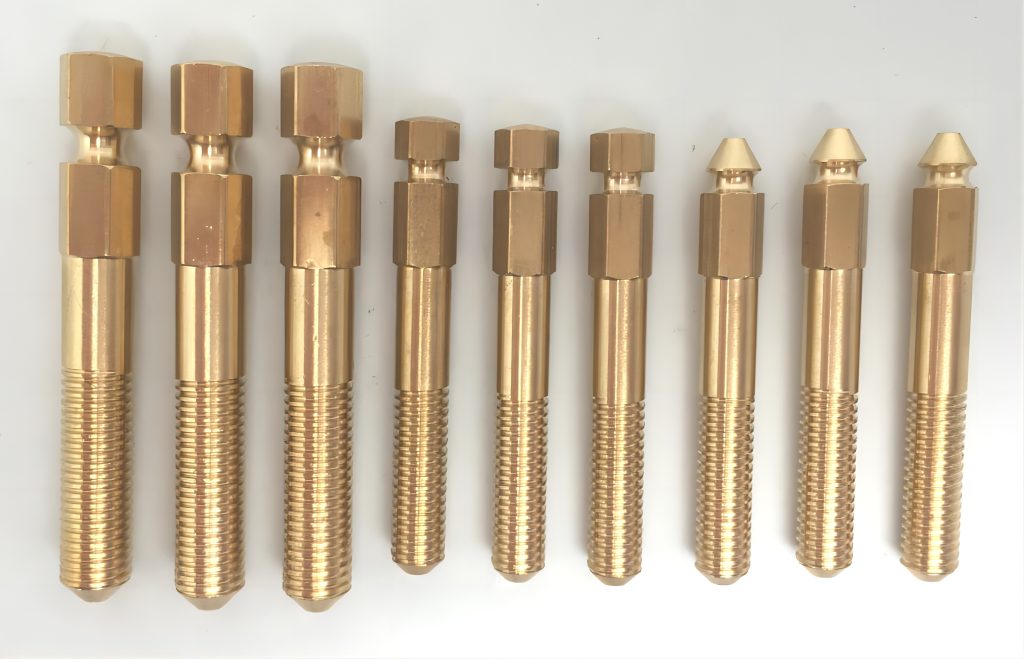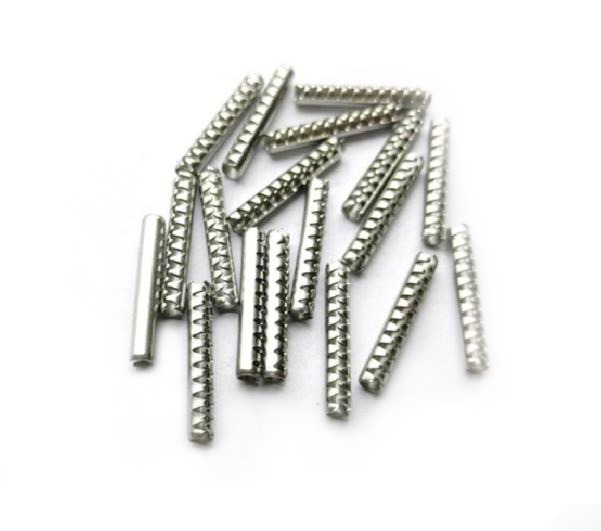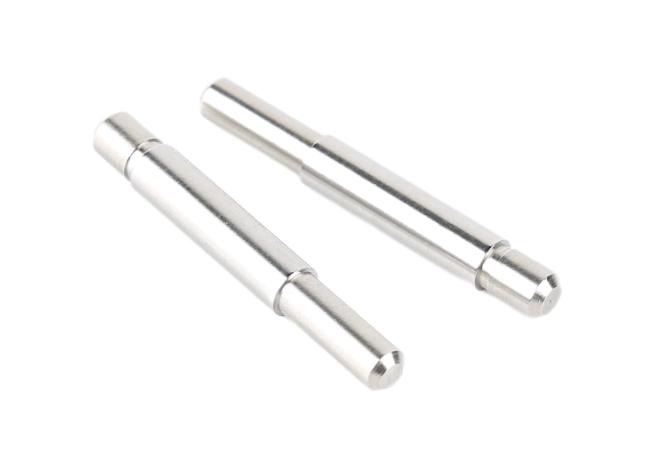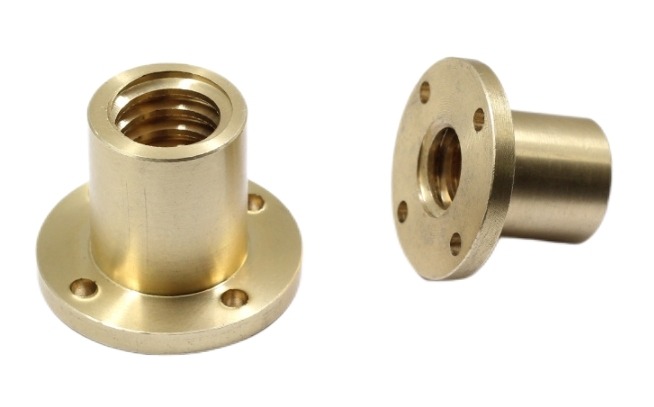Micro and Nano CNC Turning: Everything You Need to Know
In precise engineering, where every micron counts, micro and nano CNC turning stands out as a pioneering manufacturing technique. This advanced CNC machining process enables the fabrication of intricate components with dimensions ranging from micrometers to nanometers, revolutionizing industries such as electronics, medical devices, aerospace, and beyond. In this article, we explore the intricacies of micro and nano CNC turning, exploring its principles, applications, challenges, and solutions and the transformative impact it has on modern manufacturing.
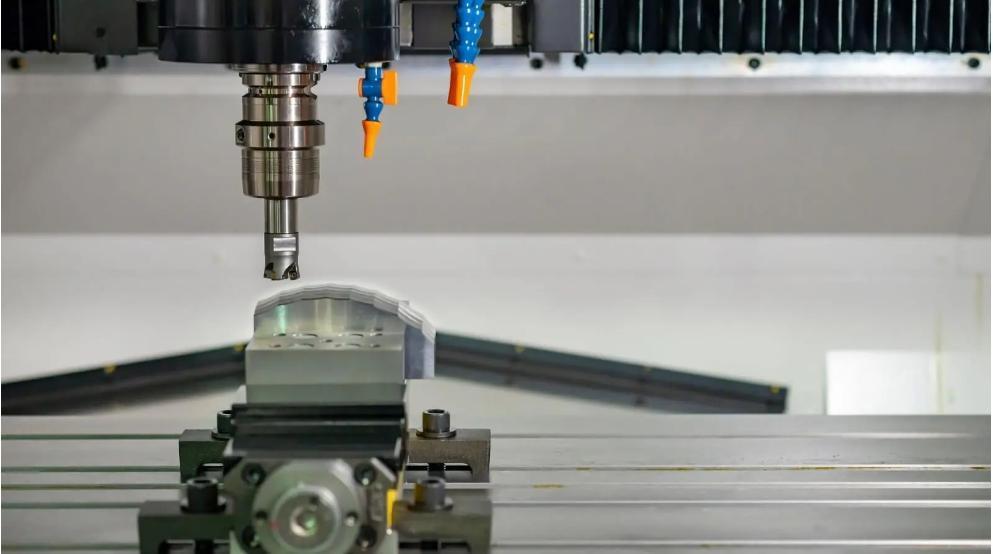
Understanding the Basics of Micro and Nano CNC Turning
Micro and nano CNC turning is a subtractive manufacturing method in which material is precisely removed from a workpiece using computer numerical control (CNC) technology. Unlike typical machining processes, which work on larger scales, micro and nano CNC turning focuses on machining features as small as a few micrometers or even nanometers.
At the heart of micro and nano CNC turning is a precision lathe outfitted with specialized cutting tools and high-precision CNC controls. These CNC turning techniques are capable of achieving extraordinary levels of accuracy and repeatability, making them indispensable tools for fabricating miniature components with intricate geometries and tight tolerances.
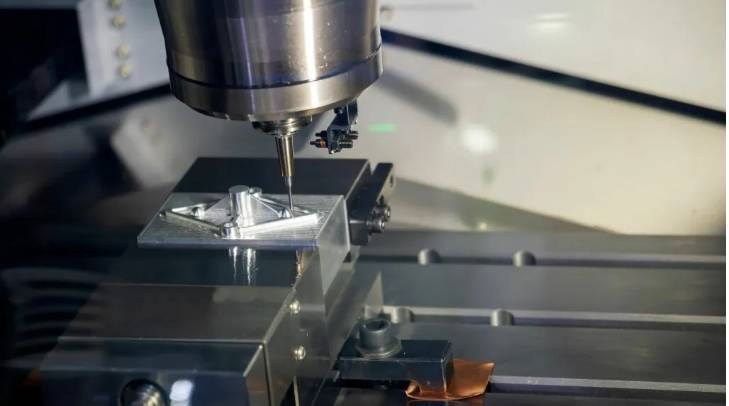
Key Components and Techniques in Micro and Nano CNC Turning
Key Components
- Micro/Nano CNC Lathe
These specialized CNC machine tools are designed to perform turning operations at micro and nano scales. They are equipped with high-precision spindles, linear stages, and motion control systems capable of sub-micron positioning accuracy.
- Cutting Tools
Cutting tools for micro and nano CNC turning are ultra-small and often feature single-point diamond tools, micro end mills, or custom-made micro drills. These tools are manufactured with extreme precision to achieve fine surface finishes and tight tolerances.
- Tool Holders
Tool holders for micro and nano turning must provide stability and rigidity to minimize tool deflection. They are designed to accommodate small-sized cutting tools and ensure optimal cutting performance.
- Workpiece Holding Systems
Workpiece holding systems, such as collets, mandrels, or specialized chucks, are used to securely clamp the workpiece during machining. These systems are crucial for maintaining accuracy and stability, especially when working with delicate and small-sized components.
- High-Resolution Feedback Systems
Micro and nano CNC turning machines utilize high-resolution feedback systems, such as linear encoders or laser interferometers, to accurately measure tool positions and monitor machining processes in real-time.
- Coolant Systems
Coolant systems are employed to dissipate heat and evacuate chips during machining. However, in micro and nano machining, the use of coolants can sometimes cause thermal expansion and affect dimensional accuracy. Therefore, techniques like minimum quantity lubrication (MQL) or dry machining are preferred to minimize thermal effects.
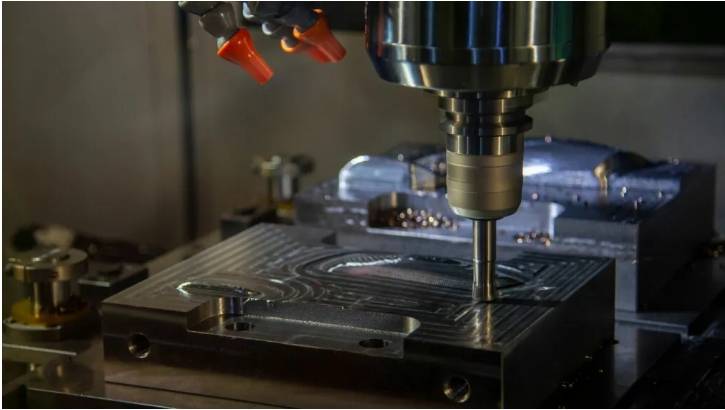
Techniques
- Ultra-Precision Machining
Micro and nano CNC turning requires extremely precise control over cutting parameters, including feed rates, spindle speeds, and depth of cut. These parameters are optimized to achieve the desired surface finish, dimensional accuracy, and tool life.
- High-Speed Machining
High spindle speeds are often utilized in micro and nano CNC turning to reduce cutting forces and improve surface finish. However, maintaining stability and avoiding tool chatter become critical challenges at high speeds.
- Subtractive Manufacturing
Micro and nano CNC turning is a subtractive manufacturing process where material is removed from the workpiece to create the desired shape and features. Precision tool paths are programmed using CAM (Computer-Aided Manufacturing) software to achieve the desired geometries.
- Tool Path Optimization
Optimized CNC Tool paths are used to minimize tool engagement and reduce cutting forces, which helps to extend tool life and improve surface finish. Techniques such as trochoidal milling or adaptive machining are employed to maintain consistent cutting conditions.
- Tool Wear Monitoring
Monitoring tool wear is essential in micro and nano CNC machining to prevent tool breakage and ensure consistent part quality. Techniques such as tool condition monitoring (TCM) and periodic tool inspection are used to detect signs of wear and replace tools as needed.
- Micro/Nano Metrology
Accurate measurement and inspection techniques, such as scanning electron microscopy (SEM) or atomic force microscopy (AFM), are employed to verify dimensional accuracy and surface finish at micro and nano scales.
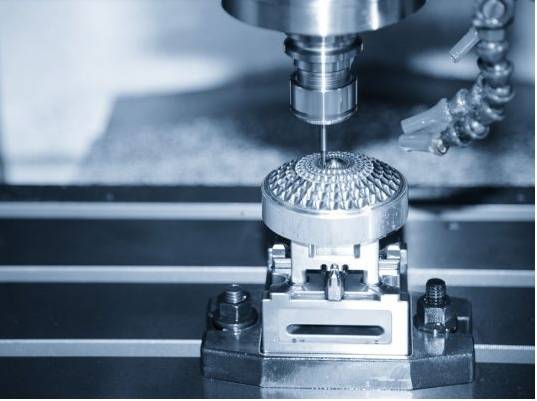
Applications of Micro and Nano CNC Turning
Micro and nano CNC turning finds diverse applications across various industries where precision machining of miniature components with intricate features is essential.
1. Micro-Electro-Mechanical Systems (MEMS)
Micro and nano CNC turning is widely used to manufacture MEMS devices such as accelerometers, gyroscopes, microfluidic devices, and pressure sensors. To function properly, these devices frequently need precision machining of micro-scale components with complex shapes.
2. Optics and Photonics
Micro and nano CNC turning is used in the optics and photonics industries to manufacture microscopic optical components with sub-micron tolerances, such as lenses, mirrors, and waveguides. These components are essential in applications including fiber optics, imaging systems, and laser systems.
3. Medical Devices
Micro and nano CNC turning is used to manufacture medical devices such as surgical instruments, orthopedic implants, and microfluidic devices for diagnostic and therapeutic use. The ability to machine miniature components with high precision is essential for ensuring the performance and reliability of these devices.
4. Electronics and Semiconductor Manufacturing
Micro and nano CNC turning plays a vital role in the fabrication of components for electronics and semiconductor applications, including micro connectors, microelectrodes, and microfluidic channels. These components are integral to the miniaturization and performance enhancement of electronic devices and integrated circuits.
5. Aerospace and Defense
In the aerospace and defense industries, micro and nano CNC turning is used to produce miniature components for aerospace systems, satellites, and defense equipment. Examples include micro-actuators, micro-valves, and micro-jets used in propulsion systems and guidance systems.
6. Micro-Opto-Electro-Mechanical Systems (MOEMS)
MOEMS devices integrate micro-scale optical and mechanical components on a single chip, enabling functionalities such as light modulation, sensing, and imaging at the microscale. Micro and nano CNC turning is essential for fabricating the intricate components required for MOEMS devices.
7. Microfluidics and Lab-on-a-Chip Systems
Micro and nano CNC turning is employed in the fabrication of microfluidic devices and lab-on-a-chip systems used for chemical analysis, drug discovery, and biological research. These devices typically feature micro-scale channels, chambers, and valves that require precise machining for fluid handling and manipulation.
8. Watchmaking and Microengineering
Micro and nano CNC turning is used in the watchmaking industry and microengineering applications to fabricate miniature components for mechanical watches, precision instruments, and micro-mechanical systems. These components often require sub-micron tolerances and fine surface finishes.
9. Automotive and Micro-Mechatronics
In the automotive industry and micro-mechatronics applications, micro and nano CNC turning is used to manufacture microscopic components for automotive sensors, actuators, and micro-electromechanical systems (MEMS) utilized in vehicle systems and automation technologies.
10. Energy and Nanotechnology
In the energy sector and nanotechnology research, micro and nano CNC turning is utilized to fabricate components for energy harvesting devices, micro-scale sensors, and nanostructured materials with tailored properties for energy storage and conversion applications.
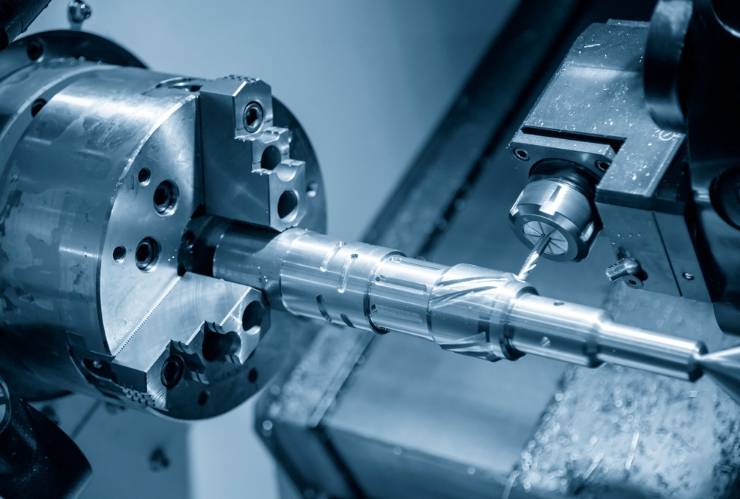
Challenges and Solutions in Micro and Nano CNC Turning
| Challenge | Description | Solution |
| Tool Wear and Friction | Intense mechanical forces and friction at micro and nano scales lead to rapid tool wear, affecting surface finish and dimensional accuracy. | Develop advanced tool coatings, such as diamond-like carbon (DLC) or nanocomposite coatings, to enhance tool life and reduce friction. Implement high-speed machining strategies and lubrication techniques to minimize tool wear and heat generation. |
| Heat Generation and Thermal Effects | Localized heat generation during machining can cause thermal expansion, material softening, and dimensional inaccuracies. | Employ cryogenic cooling, minimum quantity lubrication (MQL), or air/oil mist cooling systems to dissipate heat and reduce thermal effects. Optimize cutting parameters to minimize cutting forces and heat generation. |
| Vibration and Chatter | Micro and nano-scale machining operations are susceptible to vibration and chatter, leading to poor surface finish and reduced tool life. | Implement damping techniques, such as tuned mass dampers or passive vibration absorbers, to minimize vibration and chatter. Utilize dynamic cutting force prediction models and adaptive control systems to maintain stable cutting conditions. |
| Chip Management and Evacuation | Efficient chip evacuation becomes challenging due to small chip sizes and limited space within the machining zone. | Design customized chip evacuation systems, including high-pressure coolant delivery, air blasts, or vacuum-assisted chip removal, to effectively remove chips from the cutting zone. Utilize specialized chip breakers and grooving techniques to control chip formation and improve evacuation. |
| Metrology Limitations | Accurately measuring and inspecting micro and nano-scale features pose challenges due to the limitations of conventional metrology tools. | Develop high-resolution metrology systems, such as scanning electron microscopes (SEM) or atomic force microscopes (AFM), capable of sub-micron dimensional verification. Implement in-process monitoring techniques, such as acoustic emission or force sensing, for real-time quality control. |
| Material Machinability | Machining micro and nano-scale features requires careful selection of materials with suitable machinability characteristics. | Conduct thorough material characterization studies to identify machinable materials with optimal hardness, thermal conductivity, and ductility. Explore advanced machining techniques, such as ultrasonic-assisted machining or laser-assisted machining, for processing challenging materials. |
| Process Optimization | Achieving optimal machining conditions for micro and nano-scale components requires precise control over cutting parameters and tool geometries. | Employ advanced modeling and simulation tools, such as finite element analysis (FEA) or computational fluid dynamics (CFD), to optimize cutting strategies and tool designs. Utilize adaptive control algorithms and machine learning techniques for dynamic process optimization and parameter adjustment. |
By addressing these challenges with innovative solutions and advanced CNC machining techniques, micro and nano CNC turning can overcome barriers and unlock its full potential for fabricating miniature components with exceptional precision and quality.
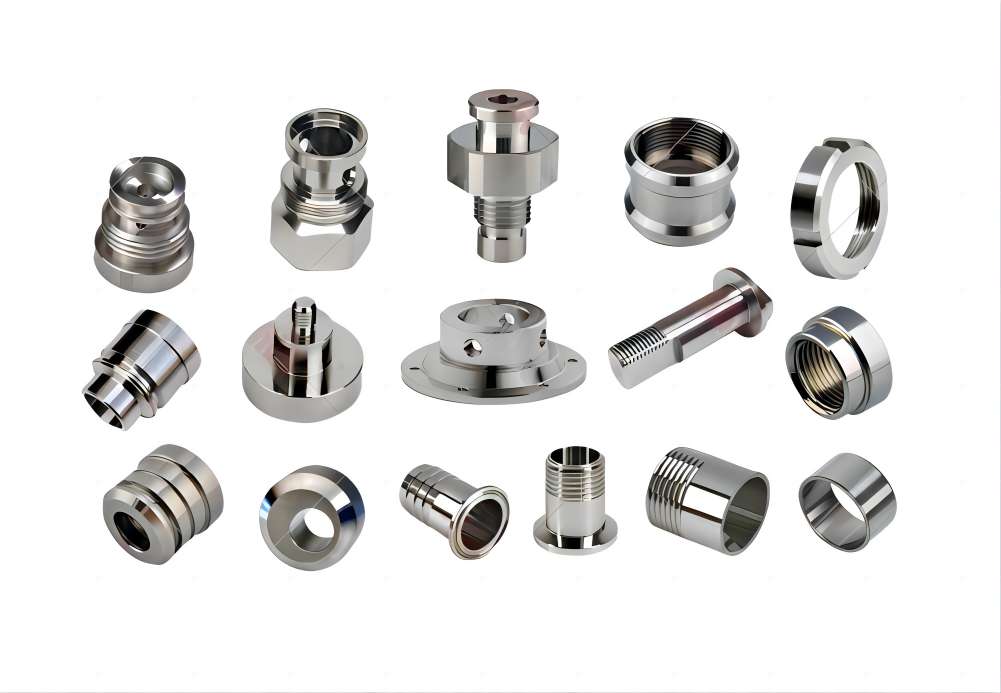
Conclusion
Micro and nano CNC turning represents a pinnacle of precision engineering, offering unparalleled capabilities for fabricating miniature components with exceptional accuracy and complexity. As industries demand miniaturization, high performance, and improved functionality, the applications of micro and nano CNC turning are set to grow even more, driving innovation and determining the future of manufacturing. With continued improvements in machining technology, materials science, and process optimization, micro and nano CNC turning will continue to push the boundaries of what is possible, opening up new opportunities for advancements across various sectors.

